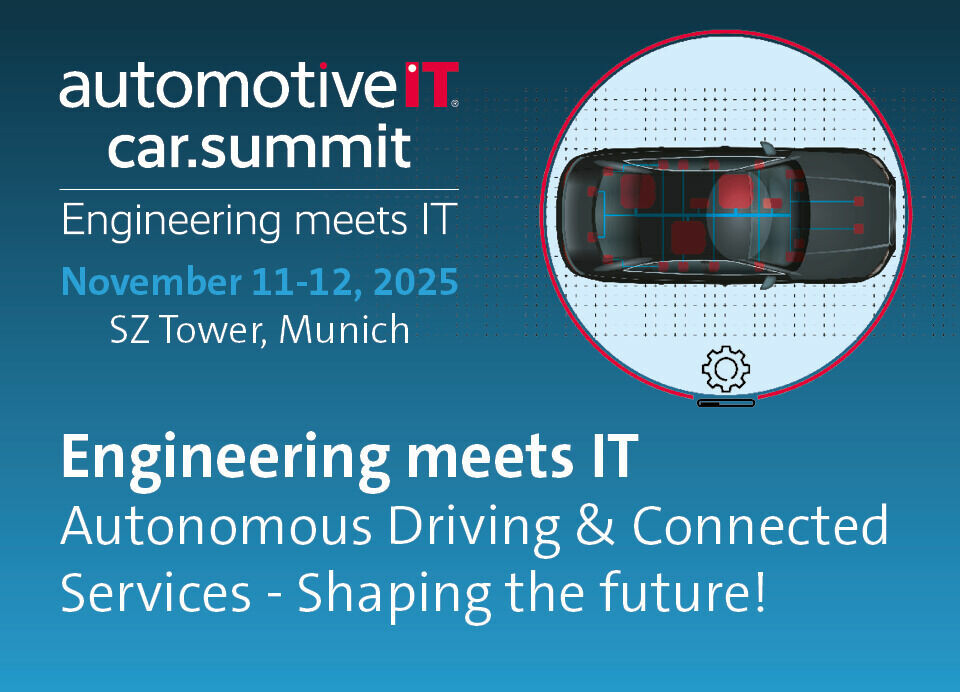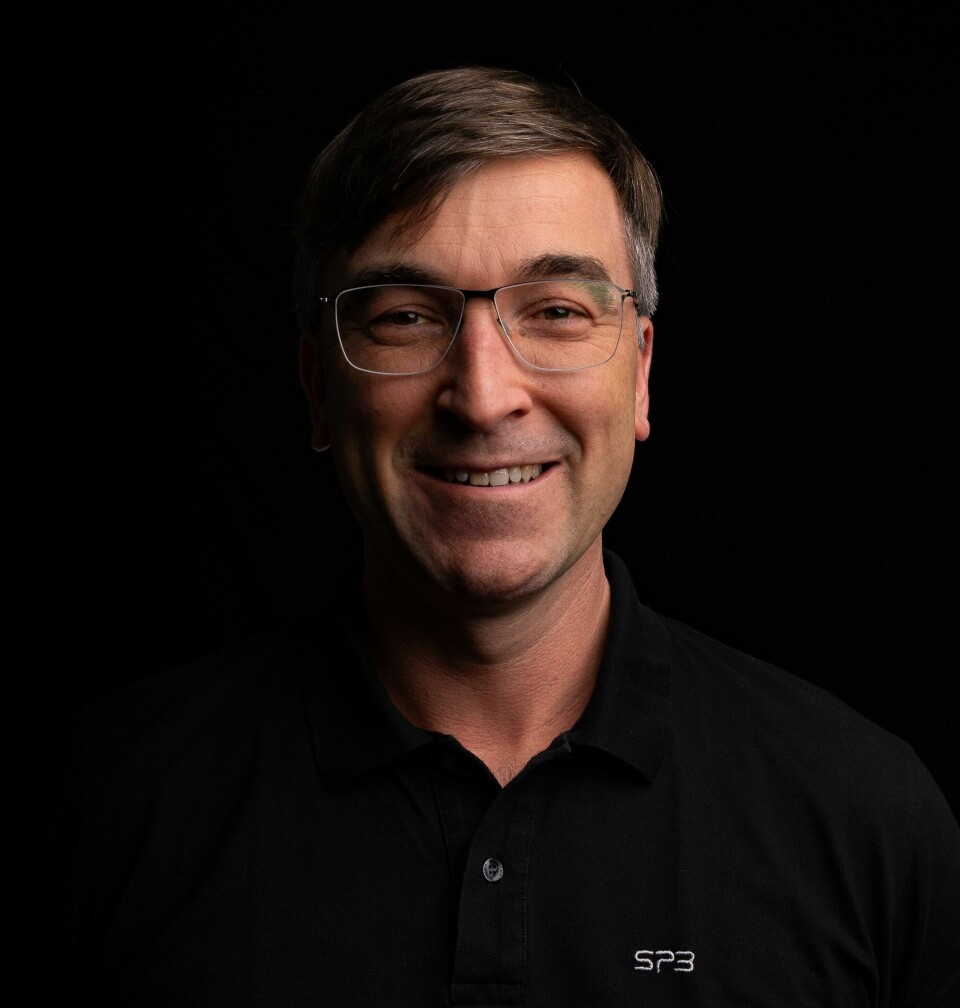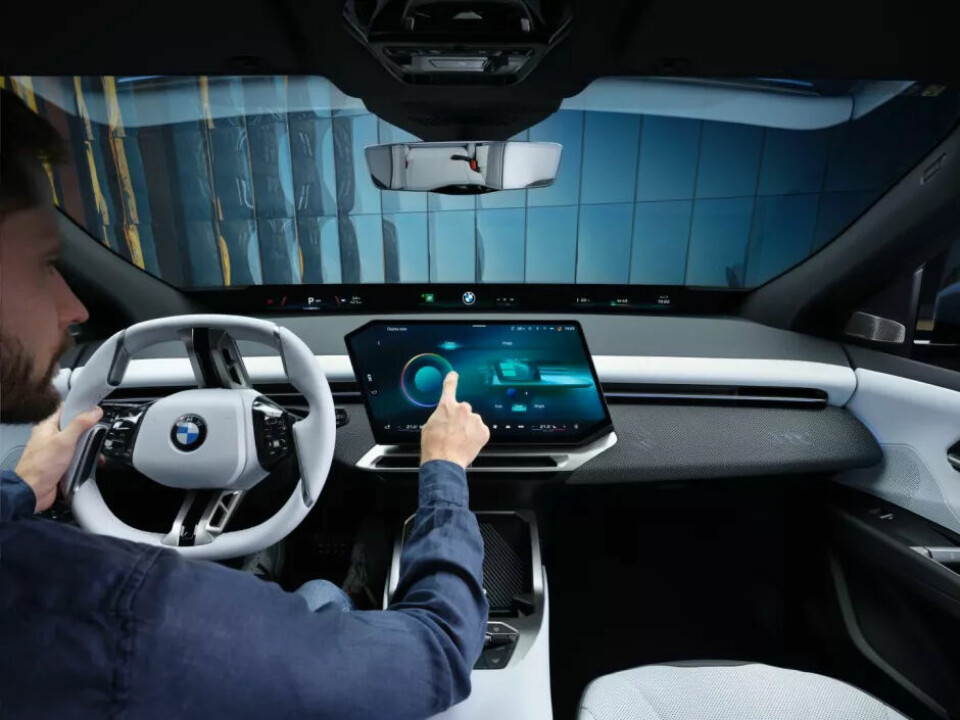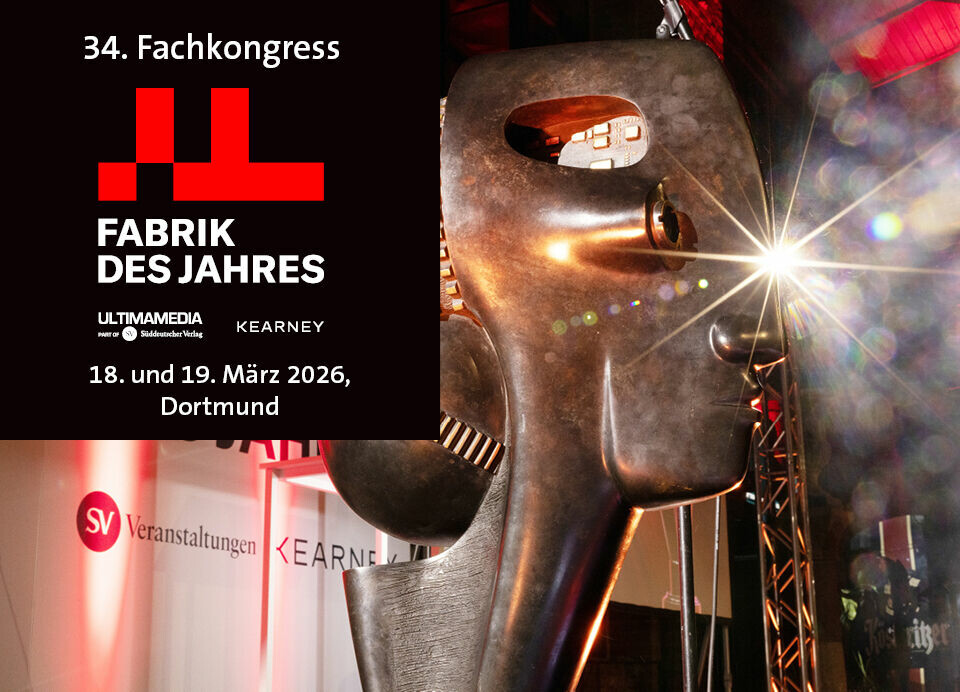Software Defined Vehicles
French supplier
How Valeo shapes the light of the future
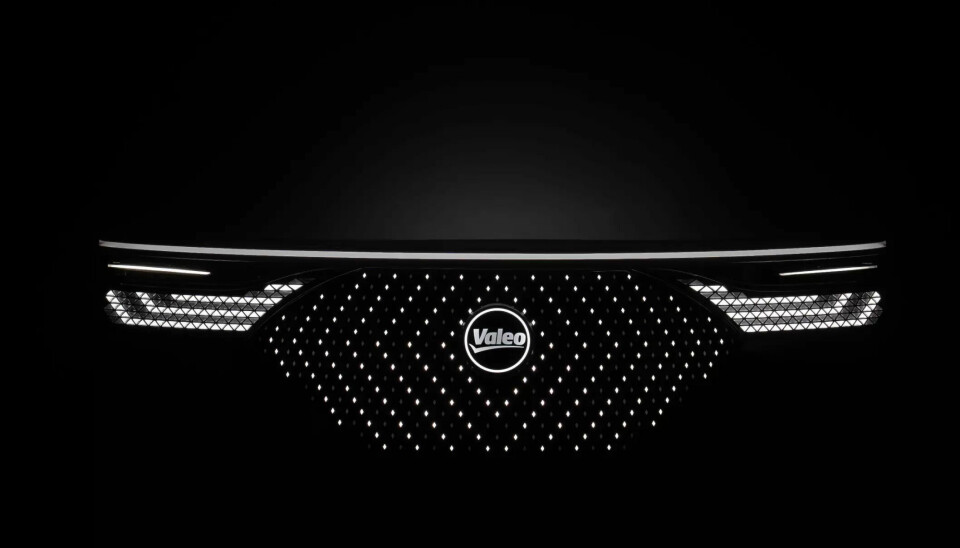
For Valeo, light is much more than safety - it is communication, design, and software all at once. In Bobigny, France, the supplier develops technologies that redefine vehicle lighting.
The show begins around 9 pm. Three demo vehicles are waiting for their deployment. A good three-quarters of an hour north of Paris, in the forests of Chantilly, the French supplier Valeo shows why it wants to set the tone in lighting. But first things first. In the hours before, insights began into the heart of the French Light Division. In the Paris district of Bobigny, 499 people from 36 nations work to ensure that Valeo can defend its leading position in the future. The headquarters is located in a rather dreary industrial area of the otherwise beautiful metropolis. From the outside, there is little indication of what is hidden inside the plain office building.
The Light Division accounts for a quarter of the group's sales, a total of 5.55 billion euros, and employs over 32,000 people worldwide. Its task goes far beyond the classic headlights: Valeo develops complete lighting systems, sensor cleaning solutions, and wiper systems. In 19 countries, the company operates 42 production sites and 23 research centres. 'Safety is part of our DNA,' emphasises R&D Director Klaus Matauschek, 'but style, performance, and sustainability are equally important.'
From lighting to light architecture
“Light is everywhere,” says Pierre-Emmanuel Strohl, director of strategy and research of the light division, at the start. The motto “Lighting Everywhere” runs through the entire day. Valeo no longer sees the lighting system of the future as a separate component, but as an integral part of the connected, software-defined vehicle. Lighting is to become the communication interface between vehicle, driver, and environment - and a central differentiating feature of brands.
The direction of development is clear: electrification, automation, software-defined vehicles, and circular economy are the drivers. Strohl explains: “The software-defined vehicle drives us - our software is already compatible with SDV architectures.” Increasingly, it is also about sustainability and circular economy, about “remanufacturing, repairability, and new materials, which are part of our daily innovation work.”
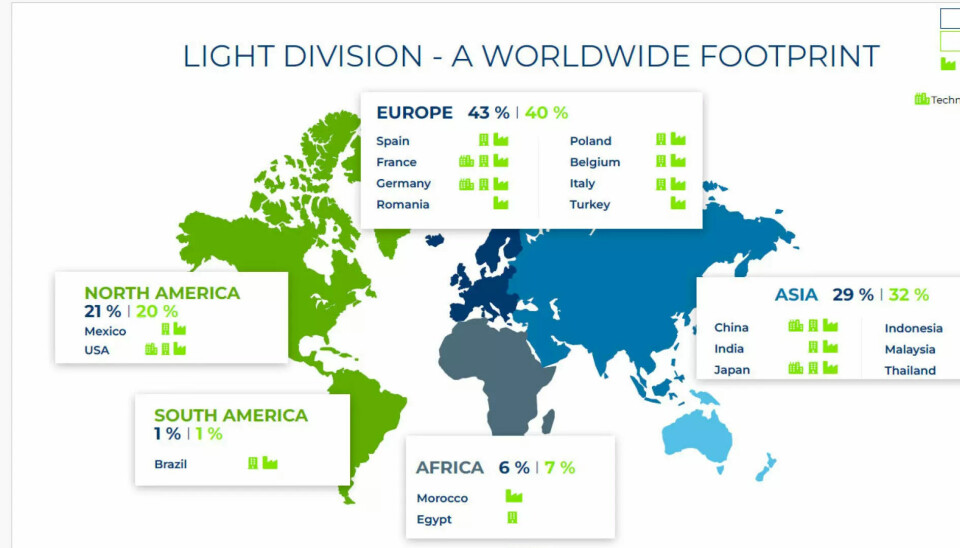
Where headlights used to shine, high-resolution projectors will in future not only illuminate the road but also project symbols or warning signs onto the asphalt. At Valeo, such systems are called HD Lighting Modules. They can control up to 25,000 pixels to display lane markings or safety distances in real-time. This shifts the function of light from passive seeing to active communicating.
Miniaturisation and design freedom
The engineers in Bobigny are working towards a clear goal: to make the module of the future ever more compact, slimmer, and more digital. Jean-François Doha, director of module development, explains: “We are digitising the light beam from a dozen pixels to 20,000. This allows us to direct light precisely where it is needed.”
What was once a bulky halogen reflector with a height of 110 millimetres now measures barely more than 15 millimetres. Valeo has reduced the height to a seventh in less than a decade - with higher luminosity, new functions, and lower energy consumption. “The market demands compact modules with less than 20 W power consumption with the same performance and more functionality,” says Doha.
This miniaturisation opens up new freedoms in vehicle design. Brands like Audi or Zeekr rely on Valeo's vertical ThinLens modules, which enable completely new light signatures and shape the “faces” of modern vehicles. Doha also points to the strategic importance of platformisation: “We standardise our module platforms to reduce development effort and costs - and efficiently cover regional differences.”
Light becomes software
But miniaturisation is only one side. In parallel, the lighting system is becoming increasingly digitalised. Even today, a controller processes the commands from vehicle sensors via the CAN bus and controls the current flow and temperature of the LEDs. In the future, however, the lamp will become a projector, receiving video signals from a central computing unit. The vehicle light will then be graphically controlled - similar to displays. It can project symbols, communicate with other road users, or receive OTA updates for new functions. Light thus becomes part of the vehicle software.
“We are moving from products to functions,” explains Renaud Belloc, head of the electronics platform. More pixels mean more computing power and thus new challenges: “We need to understand what CPU power each lighting function really needs.” The centralisation of the vehicle architecture offers “the opportunity to operate software centrally while still designing lighting functions flexibly.”
Valeo will separate the software layers in the future: while thermal and safety-related processes remain in the headlamp, image processing and projection will be centrally controlled. “We offer the complete system - from the lamp to the electronics to the software - modular and adaptable to any OEM architecture,” says Belloc. This is how Valeo is evolving from a component manufacturer to a software and system provider.
Platform strategy and new OEM partnerships
In the test tunnel under Bobigny, the new systems are impressively demonstrated. Over a length of 80 metres, the developers simulate a variety of driving situations: fog, cornering, oncoming traffic. One prototype projects its own lane onto the road, another selectively dims oncoming vehicles without darkening the rest of the road. A third vehicle warns pedestrians ahead with a light symbol on the asphalt - an example of the signalling road projection, which, according to Olivia Da Silva, marketing director of the light division, "will contribute to safety worldwide in the future".
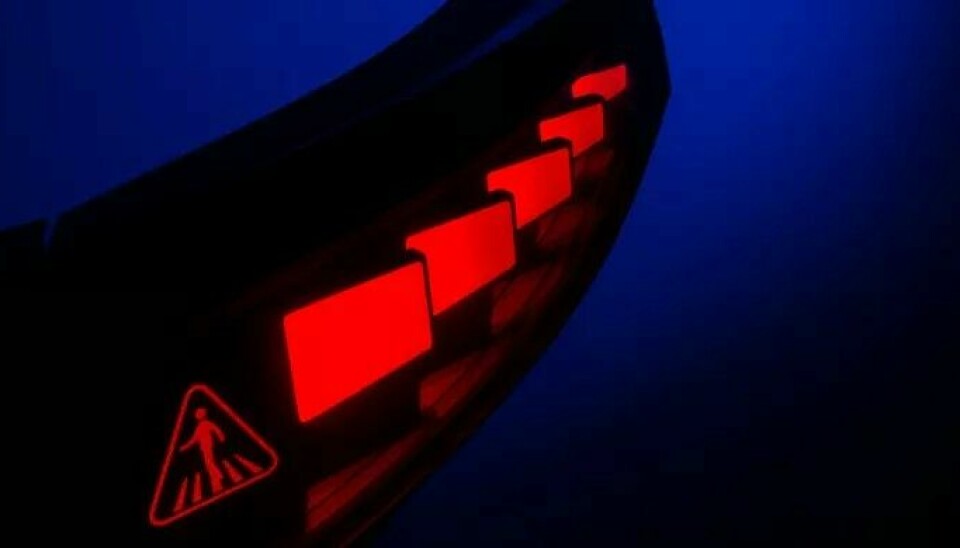
Da Silva points to the market dynamics: "By 2035, 80 percent of vehicles will be electrified. This will mainly affect the style and sustainability of lighting products." In addition to safety, it is increasingly about style, interaction, and energy efficiency. "Our mission is to offer carbon-neutral solutions throughout the vehicle's lifetime."
This is evident in the current series projects: In the BMW i7, Valeo supplies the illuminated grille, in the Zeekr 007 GT a dynamic interior lighting, in the Mercedes G-Class the cleaning system for the reversing camera, and in the Volkswagen Tayron a backlit ambient backlight solution. The French are also active in North America with the GM Vistiq and the Ford Expedition. The international scope shows how Valeo aims to evolve from a traditional lighting supplier to a system architect of mobility.
Night drive with future light
Back in the woods of Chantilly: “Light must be seen,” says Klaus Matauschek, who is in the car himself during the night drives. He is particularly proud of the prototype with vertically arranged headlights - Valeo's ThinLens. In the darkness of the forest, these narrow, high-precision modules show their effect: extremely compact, vertical lenses with a size of only 15 by 100 millimetres. Despite their minimalist format, they produce a homogeneous, powerful illumination that not only perfectly lights up the road but also opens up new design possibilities.
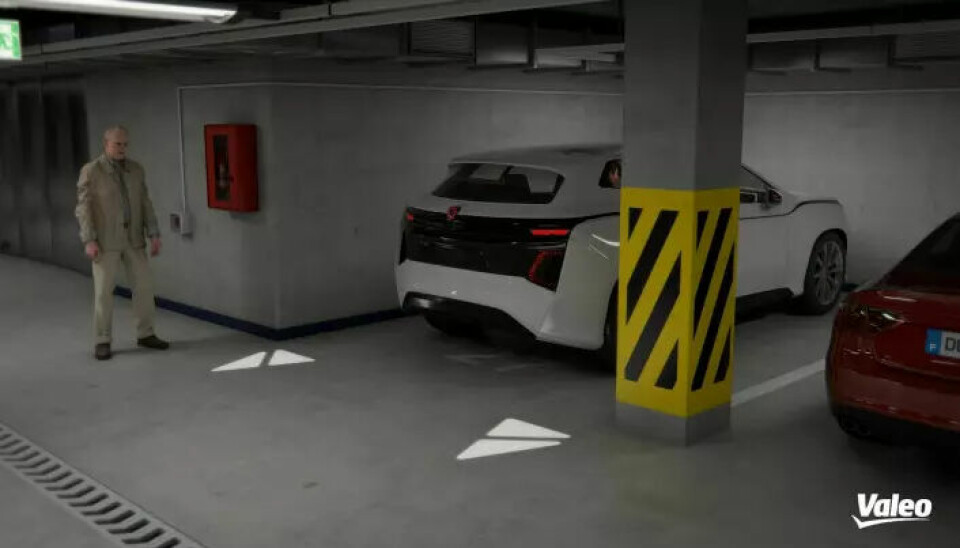
In the same Audi Q4, which is on the road with the ThinLens prototypes, Valeo is also testing its HDLED system - a high-resolution light module with up to 25,000 controllable pixels. This allows adaptive, dynamic light patterns to be created: lane markings, pictograms or safety distances are projected directly onto the road.
The comparatively simplest test vehicle, an Opel Corsa, carries the BiLED30 module. It combines low beam and high beam in a single unit only 30 millimetres high and delivers impressive light performance with 1,000 lumens in low beam and 1,500 lumens in matrix high beam mode. 24 individually controllable segments adjust the light beam in real-time, selectively dim or follow the curve - proof of the electronics' response speed and precision.
During the drive, a veritable light choreography emerges: the Corsa cuts through the darkness with a clear, homogeneous light distribution, the Audi Q4 traces a gently curved path on the asphalt and projects fine symbols onto the road. The vertical ThinLens modules give the vehicle a distinctive, almost lively appearance. Light is no longer thought of as merely functional here, but staged as an aesthetic and emotional element.
Thus ends a day that was more than a product show. It demonstrated how much the role of lighting is changing in the era of the software-defined vehicle - and how the traditional supplier from France is trying not only to keep up with this change but to shape it.
This article was first published at automotiveit.eu
